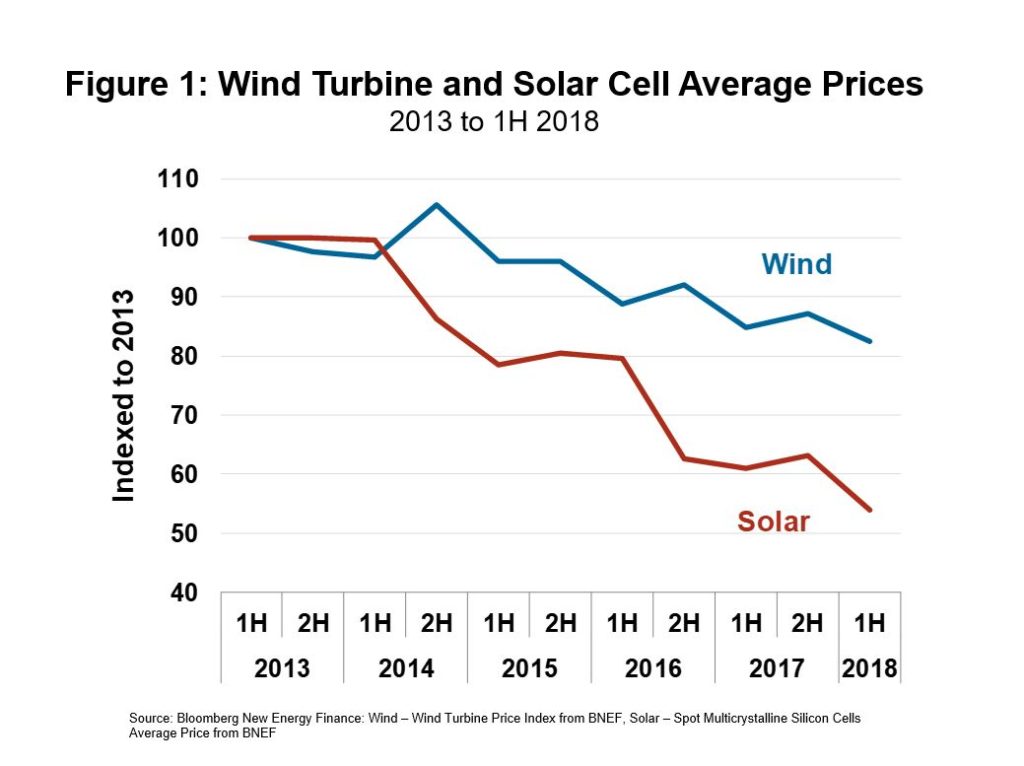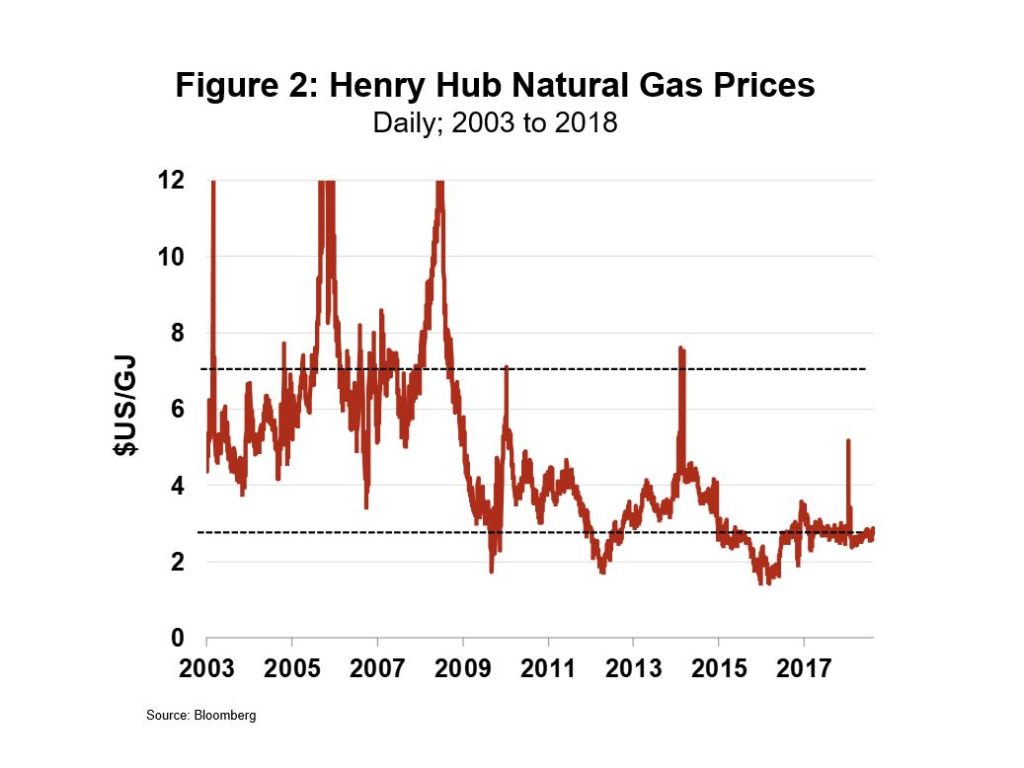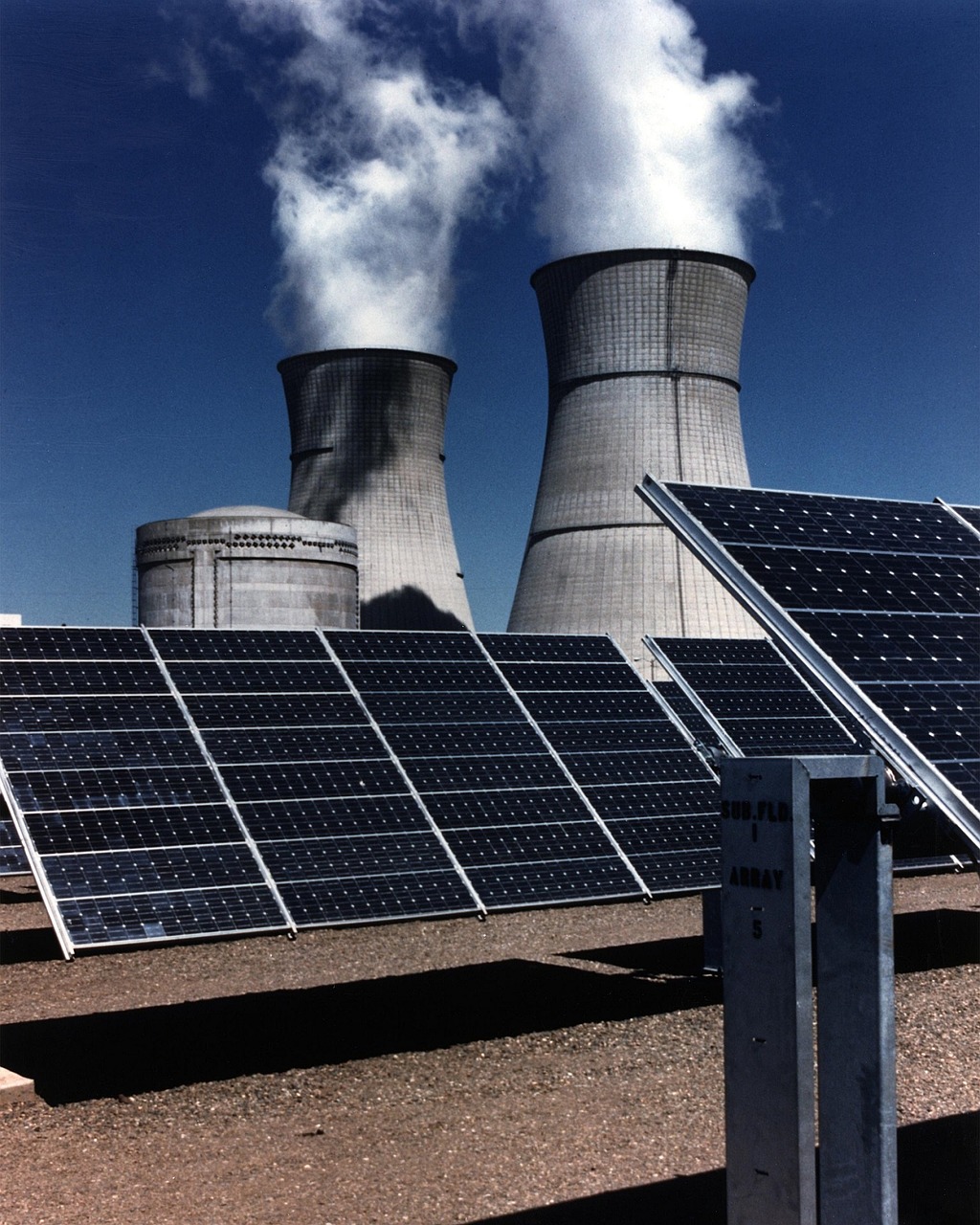Deflating the Energy Scarcity Mindset
We are entering an age where access to energy will be cheap and limitless.
That’s a big statement. And it’s a departure from always thinking about fuels that may run short and get more expensive.
For decades, there has been a dominant mindset in the world of energy: resources like oil and gas are scarce, and renewables are too expensive.
Around 10 years ago, things started to change. By five years ago the megatrend was unstoppable: The cost of bringing a unit of energy to market (otherwise known as a Joule), from whatever source—solar, wind, natural gas, oil, you name it—began coming down quickly.
Today, we can bring liquids, gases and electrons to market more productively than ever thought imaginable.
By the early 2020s, if not sooner, we will find ourselves in a new era of energy. That nebulous stuff behind the scenes that powers our lives will be abundant, cheap (before taxes) and able to respond to the ups and downs of demand more quickly.
Solar suppliers know that the cost of electricity from a panel has fallen by almost half in the past five years. Ditto deflation from the wind guys; innovation has tamed the atmosphere for 15% fewer dollars. And falling storage prices—things like batteries and fuel cells—means that renewables will soon be able to store their output day or night, wind or still.

But it’s not all about the new. When challenged with competition, the establishment innovates with enthusiasm too. For example, natural gas producers and turbine makers aren’t sitting idle and saying, “Nice job cutting your costs over there; feel free to take my market share away!”
Ten years ago, the price for a billion Joules of natural gas—a gigajoule—spiked over $US 10.00/GJ in North America. Today it’s a rare day if it gets as high as $3.00 (in Canada it’s a party over $2.00); step changes in hydrocarbon extraction—an order of magnitude in productivity gains—means there is an almost unlimited supply of natural gas at low, stable prices.
Everyone in the business of bringing wholesale Joules to market continues to innovate vigorously. Even the oil producers have taken at least 30% out of their costs since the price crash of ’14. Near-term oil prices have been rising, but that’s not much to do with a cost push; geopolitics and other investment lags are buoying up prices.
Here are five of many things to think about:
Sustainability Stress – When commodities get cheaper, people buy more. Energy is no exception. Most agency forecasts of energy use show moderating trends over the next couple of decades. Yet those spreadsheets are inconsistent with falling costs of output. In the new world of cheap energy, growth is likely being underestimated.
Diversification not transition – Paris, we have a problem. The realization is setting in that pushing aside incumbents like oil and gas isn’t going to be as easy as snuffing out candles with light bulbs. The world is diversifying into renewables at an impressive pace; but the data is also clear on the competitive resilience of fossil fuels. Why are we surprised? When things get cheaper, people buy more of everything. Plan A was to transition away from fossil fuels quickly. So, what’s Plan B?
Greater competition – The bar to compete as an energy supplier is going higher. All pathways—oil, gas, solar, wind or otherwise—will compete more aggressively among themselves and against each other. There won’t be much gold in the golden age of energy for high-cost companies. Those that innovate faster-than-average will get stronger and take market share; those that don’t will succumb to Darwin’s theories.
Profit vs volume – In an energy constrained world, upstream producers have had a growth-at-all-costs mindset. Plentiful energy changes that paradigm. For example, oil and gas producers are now at risk of drilling themselves out of business. Growth in profitability now trumps adding capacity at any cost.
Shifting value – When Joules get more expensive over time, the value proposition is in selling and exporting those Joules. When the cost of Joules is going down, the value shifts to what you can make with them. Countries, like Canada, that have an abundance of every type of energy resource—renewable and non-renewable—should be in an advantageous position to “value add” to more of their resources, rather than vending raw energy commodities.
Trends and data show a shift to a new era of low-cost energy, a departure from always-looming scarcity. Yet, have we shifted our mindsets to the implications? Everything is affected—from business and investment strategy, to government policy, to our environment, to the way we live, work and play.


